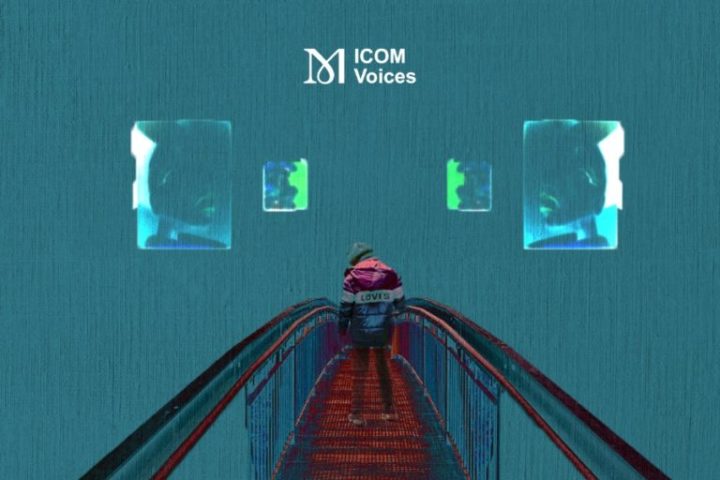
Ingrid Blanc Gimeno
Lecturer and researcher at the University of Andorra
Museums have no borders,
they have a network
July 29, 2024
Keywords: Disability, universal accessibility, cultural rights, diversity of cultural expressions, museum.
This article summarises the study I undertook in the Principality of Andorra and presented as a final project for a Masters in Cultural Management at the Universitat Oberta de Catalunya in January 2024. The aim of the research was to investigate and analyse the state of general accessibility (physical, sensory and cognitive) of two cultural facilities, based on the user experience of a family visit with a child living with a rare disease and his mother, those people being in fact my son and me.
Exhibition spaces: neither conceived nor envisaged for everyone
Before conducting my autoethnographic study[1] I assumed that there were still cultural spaces in the Principality of Andorra that were in the process of being adapted to ICOM’s new museum definition, I was basing this on the presumption that artworks and museum spaces did not yet reflect the interests of all or provide representation or access to all those who live in and visit the co-principality. My initial hypothesis was that there were still visible and invisible barriers which hindered access to cultural facilities, and that participation and enjoyment of culture thus remained restricted, which as a consequence limits the potential of culture as a tool for sustainable human development[2]. The study I have undertaken shows that there are still cultural facilities which prevent the exercise of all fundamental rights and freedoms inherent to people and that the aims and principles of the International Convention on the Rights of Persons with Disabilities, which the Principality of Andorra ratified in 2006, are not guaranteed.
In my opinion, the main reason for this situation is the fact that in the Principality of Andorra, as in many other places, the patriarchal gaze and heterocentric and androcentric norms determine society, and museums and cultural policies are no exception. As a result, this gaze articulates the communicatory and educational strategies of cultural facilities which maintain the elements and systems of structural discrimination. I considered that the logics of otherness and ableism create sets of opposites to define society[3]. These violate the fundamental rights and freedoms of human beings in public cultural spaces.
The visitor’s personal experience as a method of approach
I chose to carry out the research in two different cultural facilities: the Exhibition Space of the Government of Andorra, as a national and public cultural space; and the Museu Carmen Thyssen Andorra (MCTA), managed by the Fundació Museu Andorra (MUSEAND), which exhibits works from the private collection of Carmen Thyssen-Bornemisza on the ground floor of the historic Hostal Valira. In my opinion, the combination of privately-owned works and public management makes these facilities emblematic of the democratisation of culture, embodying a reconciliation between art and citizenship.
To approach my research subject, I chose fieldwork as my anthropological research technique. I conducted interviews with the following professionals in the sector: the president of the Andorran Committee of ICOM; the head of Cultural Action of the Ministry of Culture of the Government of Andorra; the manager of Fundación MUSEAND; and two members of the technical production staff at the MCTA. I also used “Interpretative autoethnography” in the two above-mentioned cultural facilities during the same afternoon.
As a result of the analysis of both spaces it was possible to conclude that despite a high degree of goodwill and sensibility, the MCTA lacks elements in the exhibition space to facilitate enjoyment of its displays. It also lacks tools and measures adapted to all visitors and to the diversity of disabilities that exist, as the route around the museum does not have rest spaces and the audio guide systems are also limited. I do, however, consider that the museum managers have the sensitivity and the means to create a museum story, educational programmes, activities and cultural services from the perspective of individual human needs and characteristics.
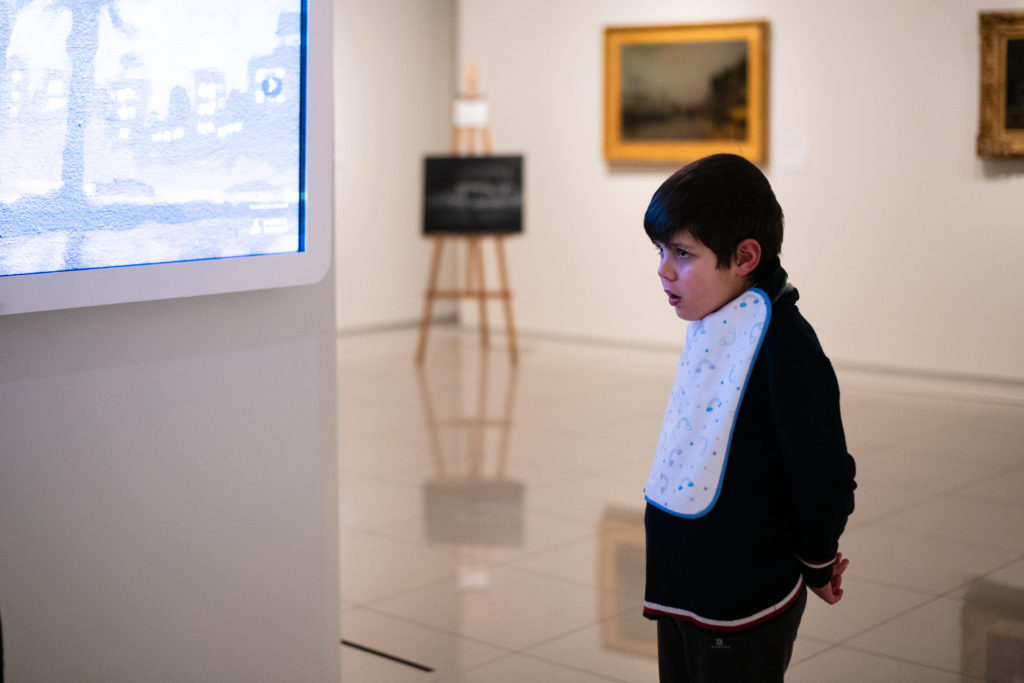
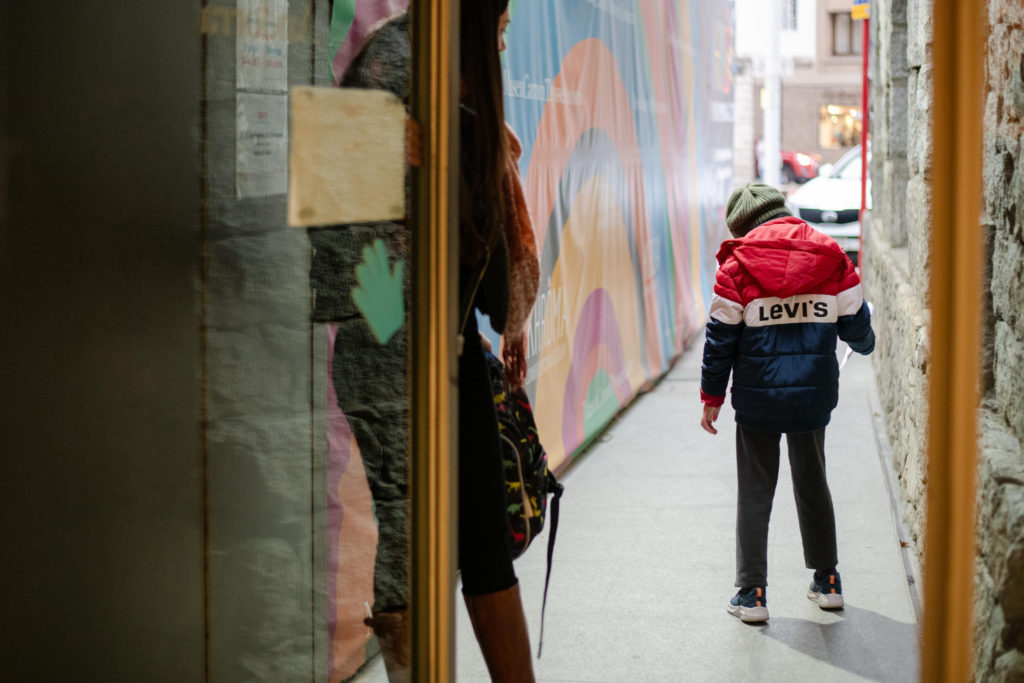
Secondly, although reflecting the intention of state cultural policies to ensure non-discrimination and effective equality between peoples, as stipulated in the Strategic Culture Plan for 2030 (2022), the Government Exhibition Space has not yet embarked on the path to meet the objectives of dissemination and accessibility for those with functional diversity. Among the specific actions proposed in this roadmap are the adaptation of exhibition contents and the design of online cultural itineraries and services to facilitate understanding and access. However, the conceptualisation and programming of this space’s quarterly exhibitions are not accompanied by strategies to understand and improve user experience nor to respond to the different cultural needs of the wide range of types of people or to meet all their requirements.
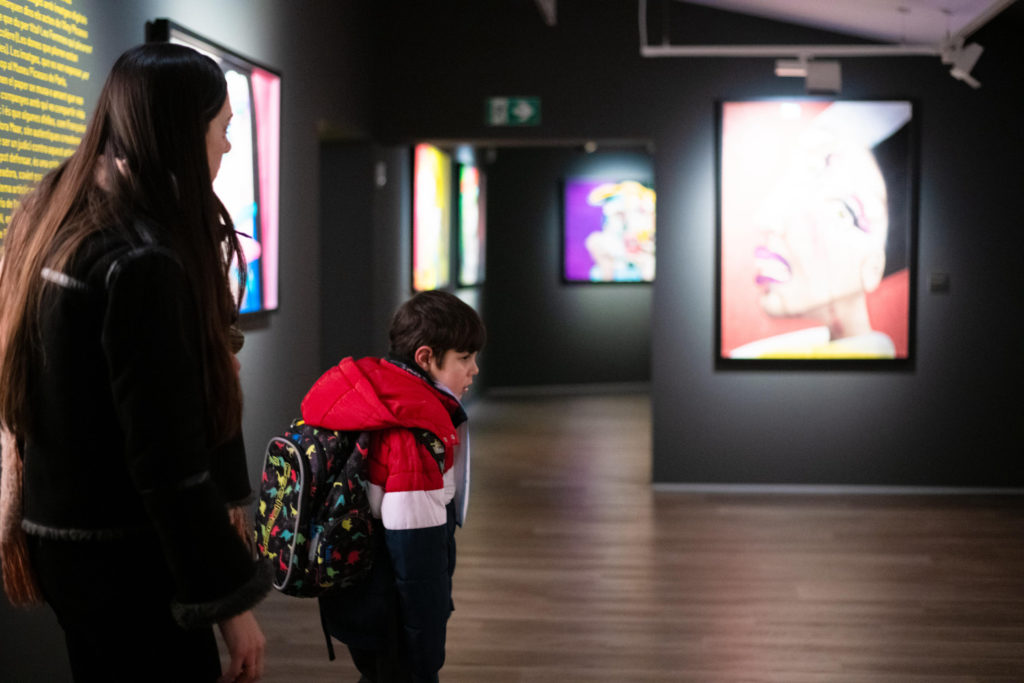
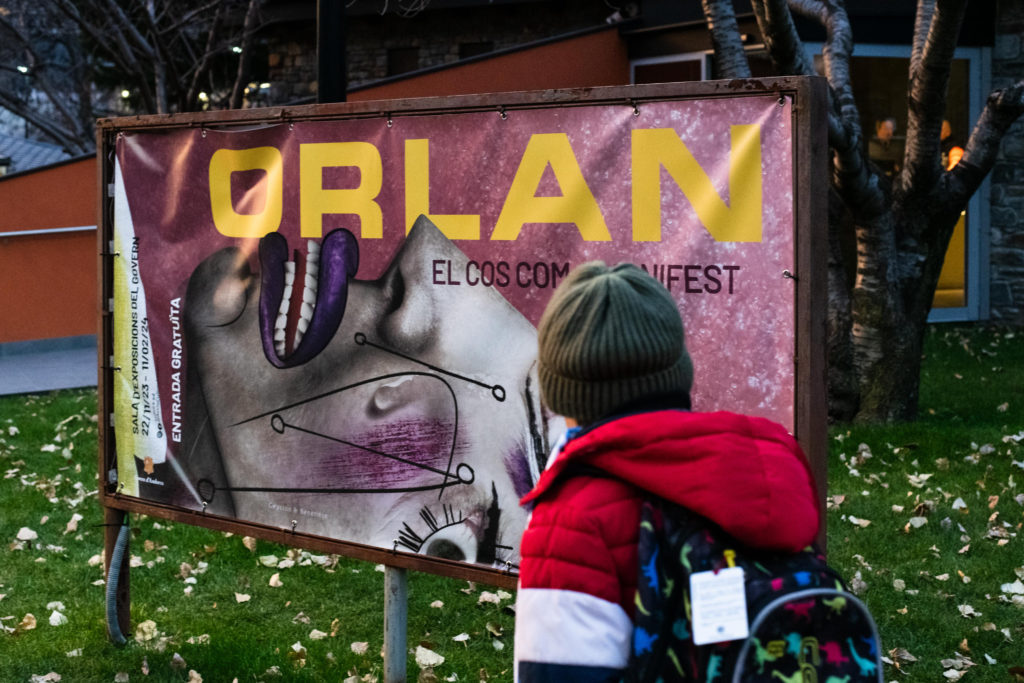
In general, policies, measures, industries and managers need not only to adapt themselves to the diversity of publics, creators and artists (understood beyond ethnic or cultural differences) but also focus on gender, age, capacities, etc., in order to achieve a more socially responsible citizenry and one prepared to coexist with, accept and appreciate differences in an increasingly plural social context.
Conclusion: act to build accessible and inclusive museums
Building fairer, healthier, more respectful, sustainable and egalitarian societies, as set out in Sustainable Development Goal 16, is the long-term vision of trends in museography and social and inclusive museology. I believe that the process will be lengthy and expensive but will be worth the effort if everyone, no matter who they are or where they come from, can find in culture the comfort, resources and support for their personal development and can satisfy their interests and intellectual curiosity through cultural heritage. Museums and cultural facilities must maintain and strengthen a commitment and social responsibility to ensure accessibility – physical, technological, sensory and cognitive – and the representation and coexistence of social diversities and cultural expressions, as set out in the Universal Declaration of Human Rights and the Convention on the Protection and Promotion of the Diversity of Cultural Expressions.
References
Belda, Elisenda; Carbó, Gemma; López, Taína; Martinell, Alfons; Marugán, Paola; Solanilla, Laura (2015). Els espais de la cultura. Barcelona: Fundació Universitat Oberta de Catalunya (FUOC).
Endara, Juan (2016). «Ser una persona con todas las de la ley». Aproximación al proceso de incapacitación judicial de personas diagnosticadas con discapacidad intelectual. [Trabajo final de máster]. Universitat de Barcelona. Available at: <https://diposit.ub.edu/dspace/bitstream/2445/106137/1/TFM%20Endara%20Rosales%20Juan.pdf>.
Foucault, Michel (1970). L’ordre du discours.
Magriñá, Ester (2020). Qualitat o quantitat: vet aquí el dilema! Fundació Universitat Oberta de Catalunya (FUOC).
Govern d’Andorra (2021). Libre blanc de la cultura.
Govern d’Andorra (2022). Pla estratègic de la cultura 2030.
[1] Ethnography, a study method characteristic of Anthropology, is characterised by the collection and description of qualitative data (ways of life, customs, traditions, etc.) through participative observation, with the aim of learning about the culture of a specific human group. In this case, autoethnography is the description of one’s own personal experience with the aim of understanding one’s cultural experience.
[2] The concept of inclusive and socially sustainable human development emphasises the need to focus on people, on current and subsequent generations, on guaranteeing social, cultural, political, economic and ecological rights and freedoms, on promoting equality of opportunities, participation and representation, and respect for diversity.
[3] It is worth emphasising that according to Foucault’s theory (1970), in the society of normalization – our own – power produces discourses of knowledge-truth to establish public order and preserve social well-being. These postulates structure and define society through the opposition between “true-normal-healthy-rational” and “false-abnormal-sick-irrational” and, in particular, between “capacity” and “disability”. These relationships of dichotomous pairs create relationships of power and subordination involving on the one hand the desired and socially valued position while on the other intensifying the marginalisation and social exclusion of other social groups.
